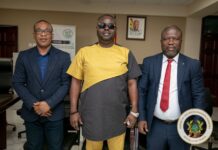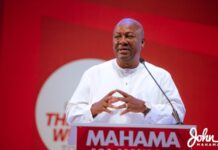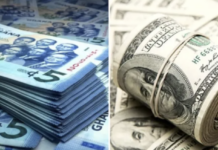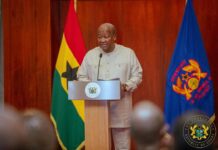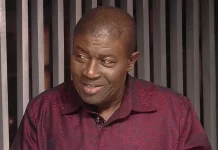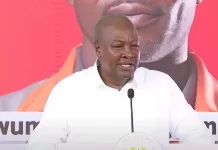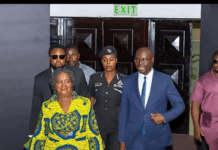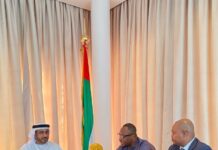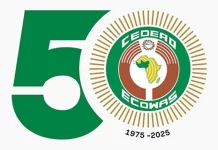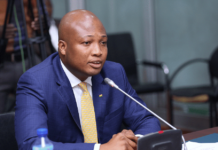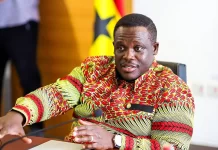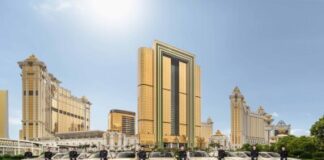
More than 1.7 billion tonnes of iron ore has been discovered in an ongoing exploration exercise at Sheini in the Yendi municipality of the Northern Region.
The Majority Leader in Parliament and Minister of Parliamentary Affairs, Mr Osei Kyei-Mensah-Bonsu, who made this known in Accra yesterday, said the volume of the mineral deposit was estimated to hit three billion by the end of the exercise.
“Growing up, we all knew about the Oppong Manso iron mine in the Western Region, which is about 360 million tonnes, and also some 60-million tonne deposits in the Upper West Region, but the iron ore that has been discovered at Sheini is the biggest in the country,” he said at an event held to unveil a visualised natural resources map of Ghana.
“The volumes of deposit that have been discovered are based on the area that has already been assessed, but the rock formation in the area of the discovery extends to Togo, so I believe that when we are done with the reassessment, we will be having huge volumes of the mineral,” he said.
Iron and steel industry
According to Mr Kyei-Mensah-Bonsu, the discovery of the iron ore in commercial volumes was a major boost to the iron and steel industry.
He said the Ghana Iron and Steel Development Corporation Bill that was passed by Parliament recently was awaiting Presidential Assent for work on the corporation to start.
Visualised map
The visualised map, which was designed by a development consultant, Professor Kwame Addo, presented details of all the natural resources and the specific areas in the country where they are located.
For instance, the map provides details of all water, mineral and forest resources in the country.
It also contains details about communication, road and rail infrastructure and possible areas where development infrastructure could be sited.
Mr Kyei-Mensah-Bonsu said the map would help in the country’s development planning, adding that the Ministry of Planning, would collaborate with Prof. Addo for further development of the visualised maps.
Resource sustainability
The Chairman of the National Development Planning Commission (NDPC), Professor Stephen Adei, said the map would help in the sustainable exploitation of the country’s natural resources.
“If you do not know what you have, you are miserable and you cannot even negotiate for something good for your resources. If Ghana knows how much oil, iron, steel and other resources we have, our negotiation will be different and we will get good value for the resources we have,” he said.
Prof. Adei also observed that the visualised map would facilitate the implementation of government policies and programmes for accelerated development.
He urged Ghana and other African countries to be diligent in determining the value of their natural resources and harness them to improve on the livelihood of the people.
Graphic


